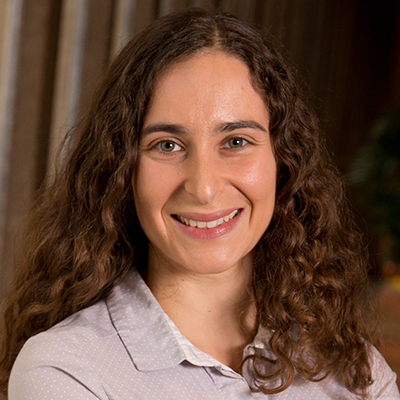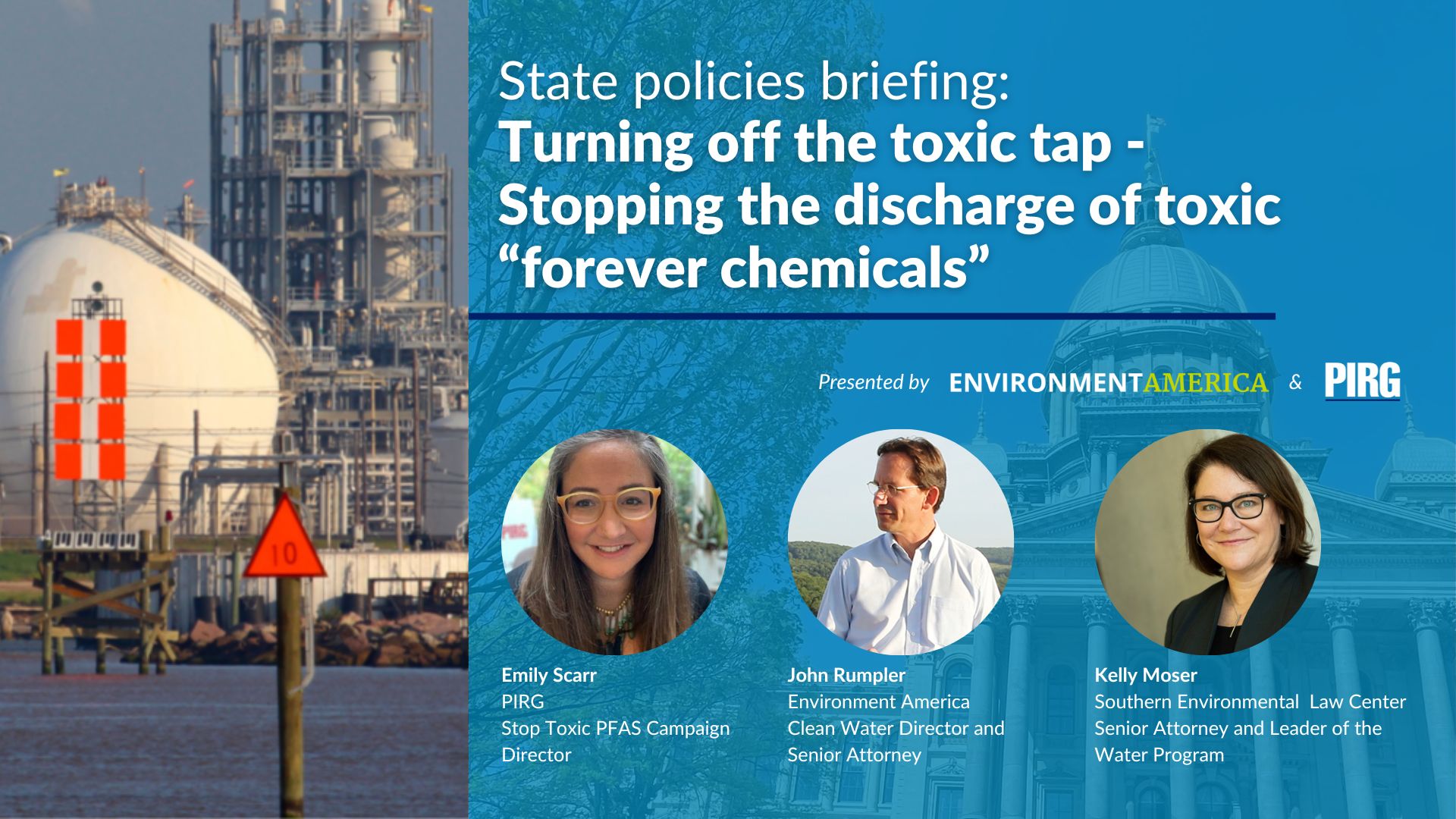
Major PFAS manufacturer will pay more than $10 billion for clean-up
A major chemical company and producer of PFAS “forever chemicals”, 3M agreed to a $10.3 billion settlement with public water utilities last Thursday.

By Shannon Halinski
A major chemical company and producer of PFAS “forever chemicals”, 3M agreed to a $10.3 billion settlement with public water utilities last Thursday. This deal settles a test liability lawsuit brought by the city of Stuart, FL and the settlement includes thousands of water utilities across the countries.
Background:
The landmark case began back in 2018, after the city of Stuart, Florida was alerted to high levels of PFAS in their drinking water. PFAS refers to a class of dangerous chemicals that have been linked to cancer among a variety of ill health effects. Conventional water treatments like chlorine fail to remove the chemicals from drinking water as well, making cleaning up polluted drinking water difficult. Public health experts advise that any PFAS levels over 1 part per trillion (ppt) is dangerous for consumption, and the Environmental Protection Agency is proposing a very low standard for PFAS in drinking water. Stuart, Florida had roughly 200 million ppt of PFAS, and some wells with PFAS levels as high as 1,000 ppt. City leaders believe firefighting foam was a main source of PFAS pollution in the small community along the St. Lucie River.
City officials quickly pulled three of their most contaminated wells offline and spent $25 million dollars on new technology to scrub the forever chemicals from their water. David Peters, Stuart’s public works director, estimates that the new water system will cost roughly $2 million a year. Speaking candidly he stated, “We can’t afford to spend that kind of money every year, we’re a small utility, a small municipality.”
Will $10 billion be enough to pay for the full clean up of drinking water contaminated by PFAS?
Probably not. But the prospect of future cases adding billions of dollars of liability just might just be enough to get other chemical companies to follow 3M and begin turning off their toxic taps. We certainly hope so.
Why it matters:
While 3M has stated that they will stop producing PFAS chemicals by 2025, decades of pollution have already built up across America and will continue to do so as long as we widely use PFAS.
The burden on cleaning up PFAS pollution should be placed on the PFAS producers, not everyday Americans. That’s why we’re working to make sure polluters pay, including by designating two of the most widely-used PFAS chemicals as hazardous substances under the Comprehensive Emergency Response, Compensation, and Liability Act (CERCLA).
How can we stop toxic PFAS pollution?
We need to turn off the tap on toxic PFAS pollution as soon as possible to protect our drinking water. Even $10 billion won’t likely be enough to clean up existing PFAS pollution, and every day, the problem gets worse. To protect clean water, companies need to stop dumping PFAS into waterways and we must stop using it in firefighting foam and consumer products.
Topics
Authors
Lisa Frank
Executive Director, Washington Legislative Office, Environment America; Vice President and D.C. Director, The Public Interest Network
Lisa directs strategy and staff for Environment America's federal campaigns. She also oversees The Public Interest Network's Washington, D.C., office and operations. She has won millions of dollars in investments in walking, biking and transit, and has helped develop strategic campaigns to protect America's oceans, forests and public lands from drilling, logging and road-building. Lisa is an Oregonian transplant in Washington, D.C., where she loves hiking, running, biking, and cooking for friends and family.
Emily Scarr
State Director, Maryland PIRG; Director, Stop Toxic PFAS Campaign, PIRG
Emily directs strategy, organizational development, research, communications and legislative advocacy for Maryland PIRG. Emily has helped win small donor public financing in Baltimore City, Baltimore County, Howard County, Montgomery County, and Prince George's County. She has played a key role in establishing new state laws to to protect public health by restricting the use of antibiotics on Maryland farms, require testing for lead in school drinking water and restrict the use of toxic flame retardant and PFAS chemicals. Emily also serves on the Executive Committees of the Maryland Fair Elections Coalition and the Maryland Campaign to Keep Antibiotics Working. Emily lives in Baltimore City with her husband, kids, and dog.
Find Out More

A look back at what our unique network accomplished in 2023

Event highlights role of states in stopping industries from dumping toxic PFAS

Got PFAS?


